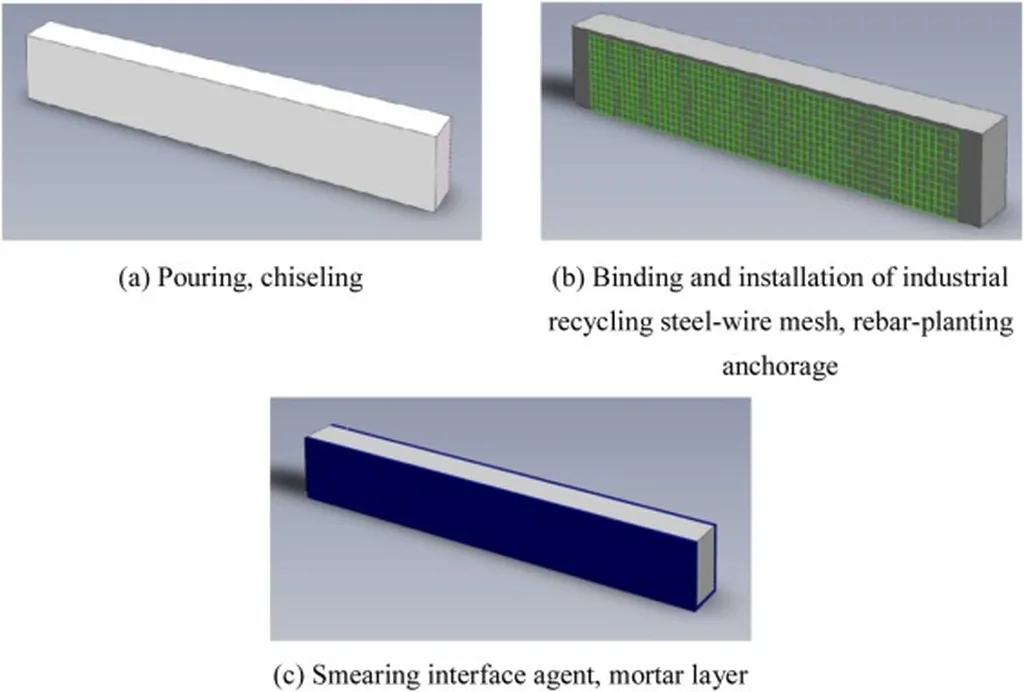In a groundbreaking study published in the Journal of Engineered Fibers and Fabrics (translated to English as “Journal of Engineered Fibers and Textiles”), researchers have uncovered a novel approach to enhance the strength and energy dissipation of hybrid composite beams used in construction. The research, led by Yasin Onuralp Özkılıç from the World Class Research Center, Advanced Digital Technologies at State Marine Technical University in Saint Petersburg, Russia, focuses on the integration of recycled steel wires (RSW) into pultruded glass fiber reinforced polymer (P-GFRP) beams with reinforced concrete infill.
The study, which involved testing six specimens with varying RSW ratios and stirrup spacings, revealed that the addition of RSW significantly boosts the shear strength of the beams, particularly as the stirrup spacing increases. This finding is crucial for the construction industry, as it suggests that using recycled materials can improve structural performance while reducing the need for traditional reinforcement.
“Our results indicate that recycled steel wires can play a substantial role in enhancing the shear strength and energy dissipation capacity of these hybrid beams,” Özkılıç explained. “This is particularly evident in the elastic range of the beam’s response, which is a critical phase for structural integrity.”
The research also highlighted that the reinforced concrete core within the P-GFRP beams prevents complete failure due to shear-induced material rupture at the initial stages of loading. This synergy allows the beams to maintain their integrity and resist loading until complete failure, which is typically associated with flexure-induced material rupture and web compression buckling.
One of the most compelling aspects of this study is the proposal of a strut-and-tie model that provides accurate strength estimates for P-GFRP beams. This model could revolutionize the design and construction of buildings and infrastructure, offering engineers a reliable tool to predict the performance of these advanced materials.
The implications for the energy sector are particularly noteworthy. As the demand for sustainable and energy-efficient construction grows, the use of recycled materials like RSW in hybrid composite beams could significantly reduce the environmental impact of building projects. This innovation aligns with the global push towards greener construction practices and could pave the way for more sustainable urban development.
Özkılıç’s research not only advances our understanding of hybrid composite materials but also opens up new possibilities for their application in various industries. By leveraging recycled materials, engineers can create structures that are not only stronger and more resilient but also more environmentally friendly.
As the construction industry continues to evolve, the findings from this study could shape future developments in the field. The integration of recycled steel wires into hybrid composite beams represents a significant step forward in the quest for sustainable and high-performance building materials. With further research and development, this innovation could become a cornerstone of modern construction, driving the industry towards a more sustainable and efficient future.

